Last week, Fort Concho celebrated its 150th anniversary of the Buffalo Soldier army unit on Thursday, July 28.
This day in 1866 had the U.S. Congress authorizing six regiments (eventually reduced to four) of black enlisted soldiers from the 9th and 10th U.S. Cavalry Regiments, and the 24th and 25th U.S. Infantry Regiments.
Members of the fort’s Buffalo Soldiers living history unit, assisted by other living history members, began the celebration by taking down the U.S. flag and firing the evening gun; this represented what was done in the fort's historic days.
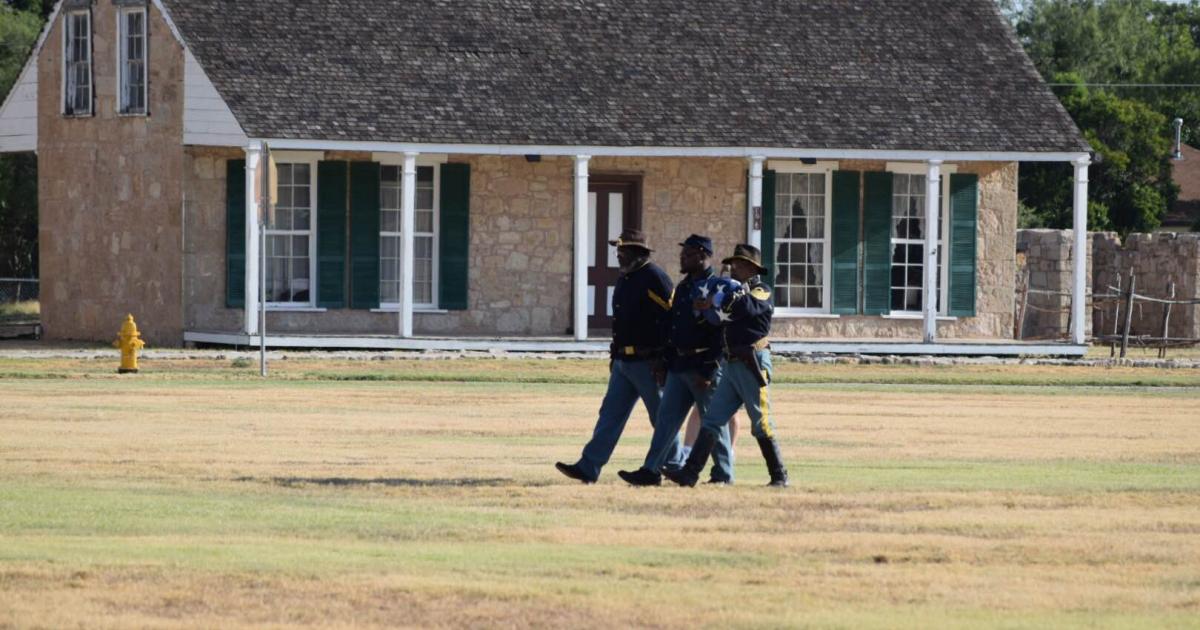
Richard Brown, one of the Buffalo Soldier living history members, spoke of what this celebration meant to him.
“It’s an honor to portray one of these great men,” Brown said. “I think about all that they went through, and how they didn’t use excuses to fall short of the service they gave to their country.”
After the flag retrieval and canon ceremony, everyone gathered into the Commissary Building to begin the history presentation by Dr. John Langellier, a noted historian from Tucson, Arizona. His presentation covered the history of the Buffalo Soldier.
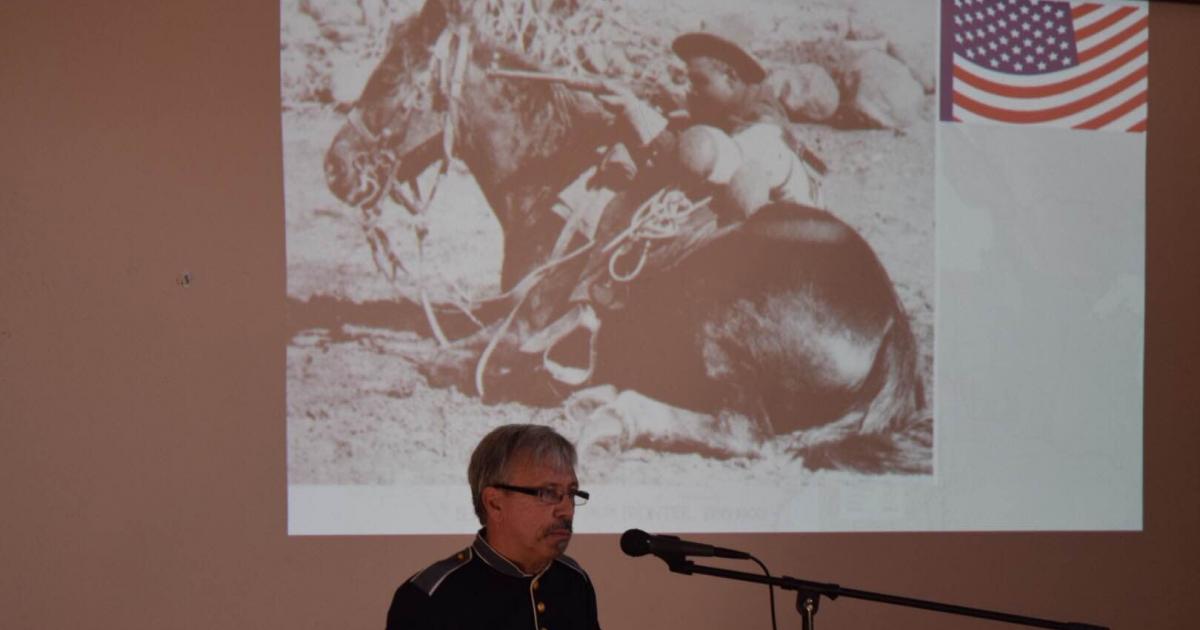
Langellier addressed the question that many would consider “ridiculous” by today standards: could African Americans serve as military forces? This was a question asked centuries before America’s founding as a country, but stemmed from the institution of slavery.
Langellier alluded to George Washington, who was a General of the Continental Army at the time of the American Revolution, and how he asked several civilian authorities to disallow the enlistment of black soldiers into his army.
It wasn’t until the British Army started to gain traction in the war effort that the decision was temporarily overruled and African American soldiers began fighting in the revolution.
Even after the war ended, only a small amount of black soldiers were given their freedom, and many returned to servitude and slavery, Langellier mentioned.
It wasn’t until 1863, when the Emancipation Proclamation was introduced by President Abraham Lincoln, that the original ban on black enlistment was officially overruled in U.S. history.
From this decision, more than 180,000 African Americans enlisted in the Union forces and Union navy during the Civil War, according to Langellier.
Fast forward to 1869, regiments from both the 24th and 25th Infantry Regiments and the 10th and 9th Cavalry Regiments began serving at Fort Concho. The 10th Cavalry eventually called Fort Concho their main headquarters from 1875 to 1882.
Brown, who was portraying a 1st Sergeant from the 10th Cavalry, discussed what the Buffalo Soldiers meant for San Angelo.
“I have a lot of respect for the city [of San Angelo]; they welcome all people here.”
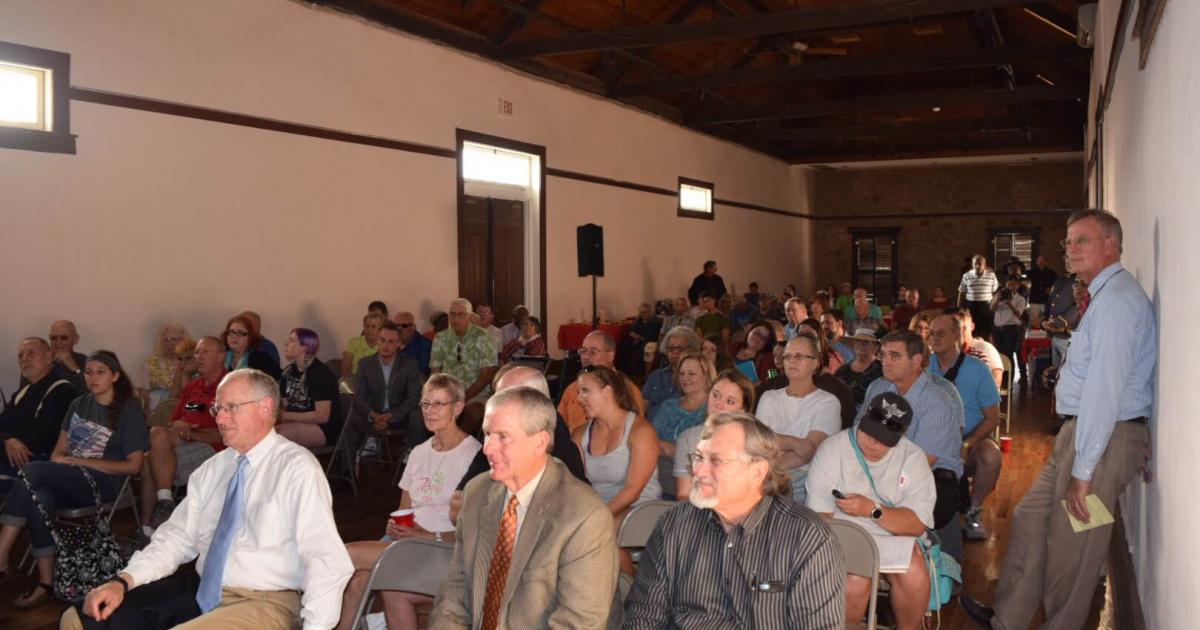
He went on to addressing a misconception that many have regarding the Buffalo Soldiers.
“I dislike using the term 'Buffalo Soldiers' solely because anybody of color would have road with us,” Brown said. “They served America not as Buffalo Soldiers, but as one army--the United States Army.
Congressmen Mike Conaway was present at the event, and gave his thoughts on the Buffalo Soldier’s service to their country.
“What a wonderful event to hear the rich history of the Buffalo Soldiers, and all the contributions they made to our country.” Conaway said. “We need to honor our men and women in uniform at every chance we get.”
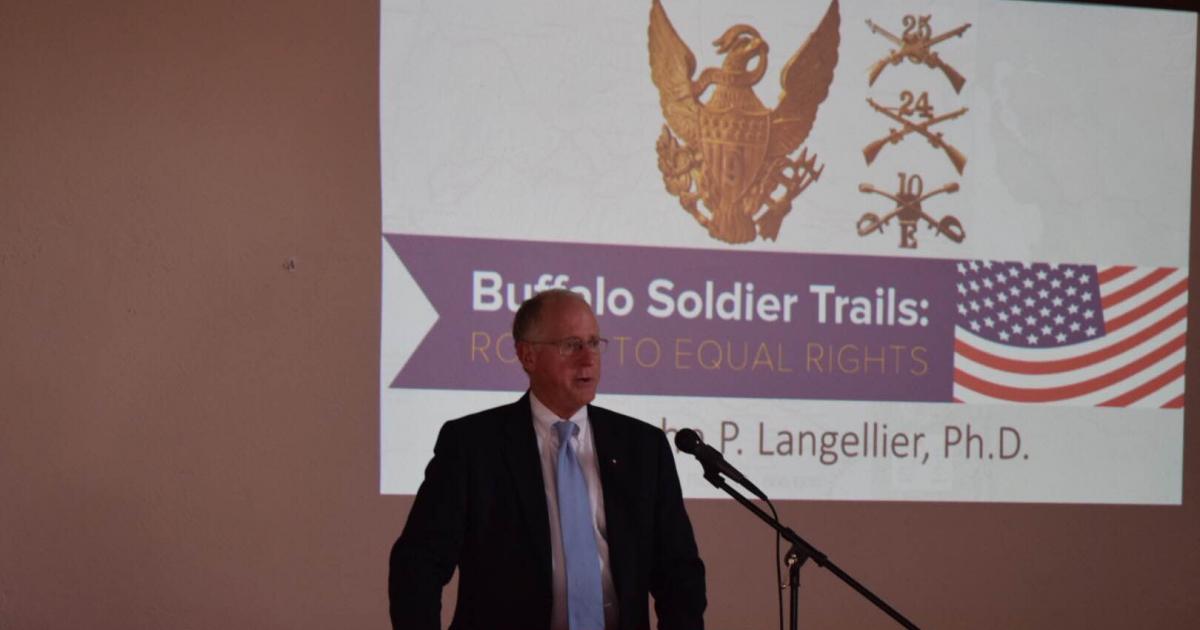
Conaway also mentioned the significance behind the continued upkeep and restoration of Fort Concho.
“This helps future generations of Americans learn about what the west was like by walking through these buildings and the grounds of Fort Concho,” Conaway said. “Maintaining the fort is a great service provided by the people of Tom Green County.”
Fort Concho has held numerous celebrations this summer to represent the history of west Texas. These included the Fort Concho Frontier Day on April 30, and National Cowboy Day on July 23. For more information on upcoming events at the fort, call (325)-234-0316.
Subscribe to the LIVE! Daily
Required


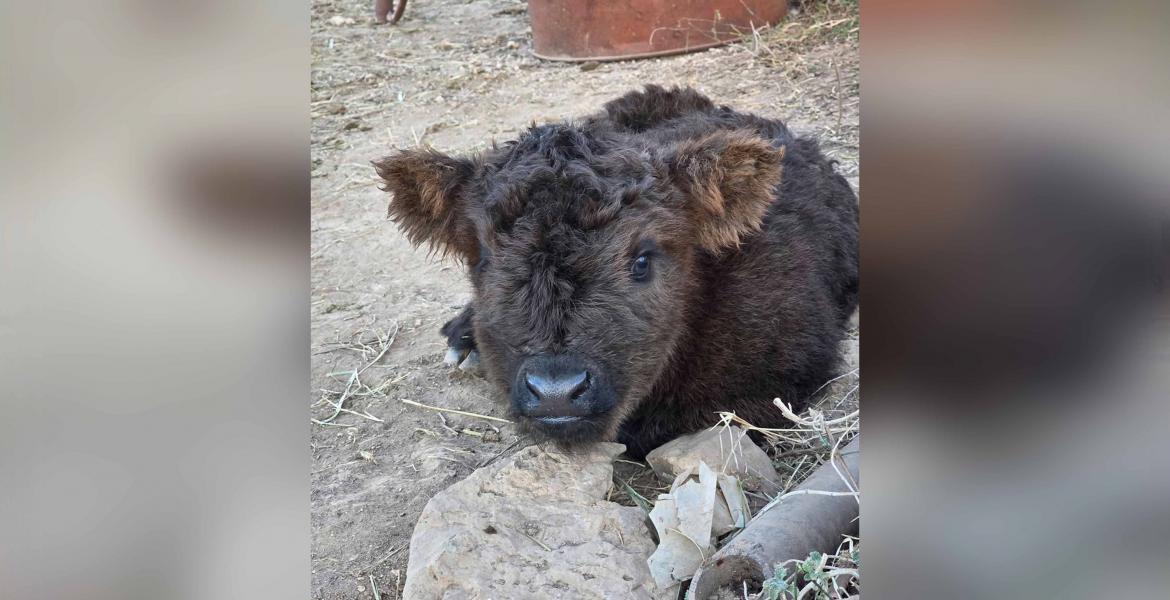
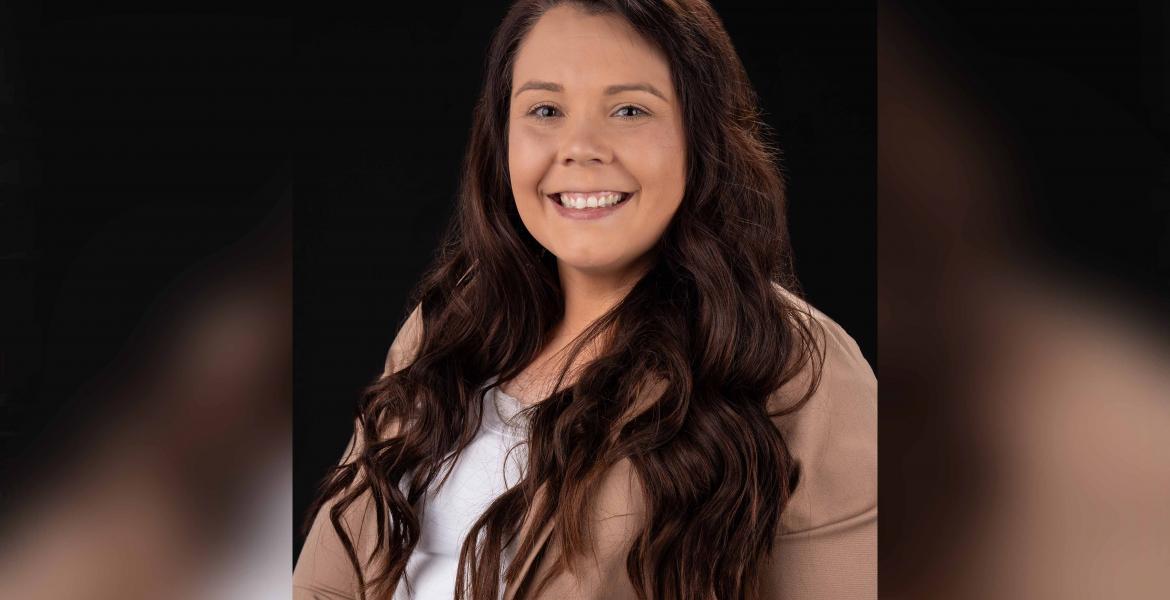


Post a comment to this article here: